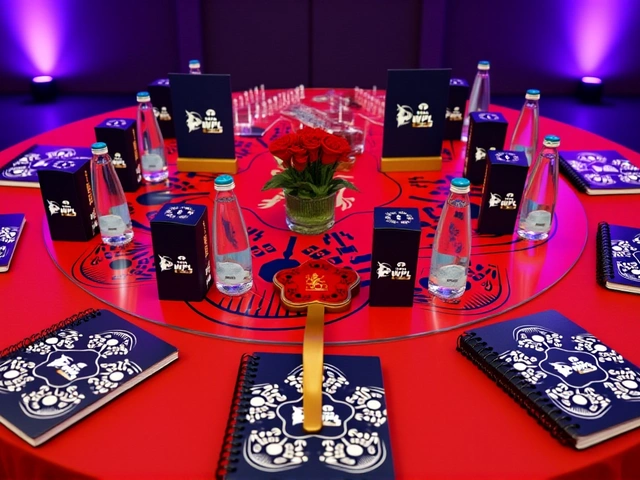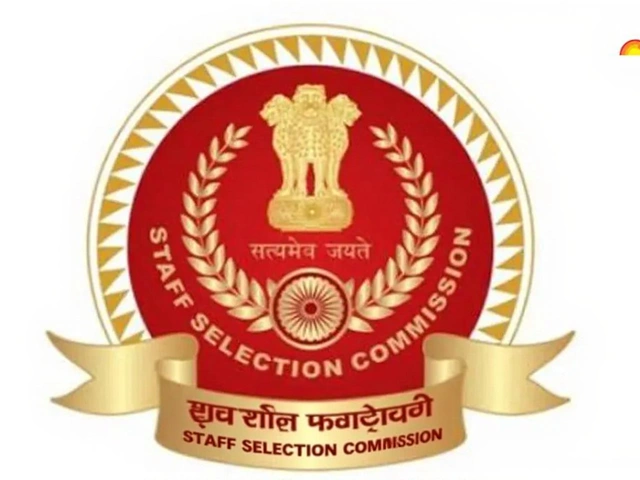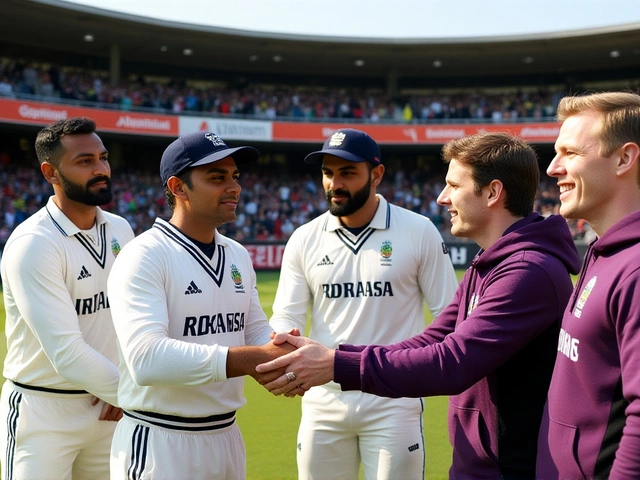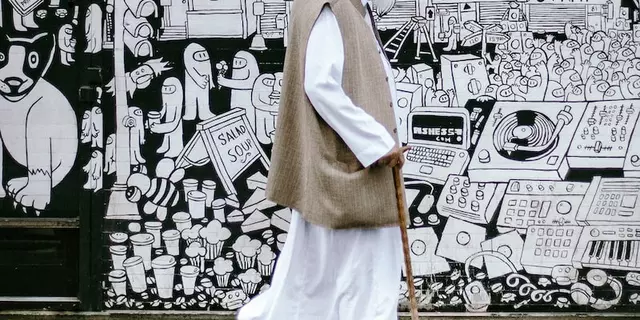When Udhayanidhi Stalin took the oath as Deputy Chief Minister of Tamil Nadu on Sunday, April 28, 2025, it wasn’t just a ceremonial moment—it was a signal. The 44-year-old son of Chief Minister M.K. Stalin, once known more for his film career than politics, now stands at the center of one of India’s most powerful regional dynasties. The swearing-in, held at 3:30 p.m. at the Raj Bhavan in Chennai, marked the culmination of a sweeping six-member cabinet reshuffle that reshaped the DMK government just months before the next state elections. The move, swiftly approved by Governor R.N. Ravi on April 27, signals not just administrative reorganization but a clear generational transition.
Generational Shift in the DMK Power Structure
The appointment of Udhayanidhi Stalin as Deputy Chief Minister is the most politically significant element of this reshuffle. He’s not just another minister—he’s the heir apparent. His father, M.K. Stalin, has led the DMK since 2018, and now, with his son holding the second-highest office in the state, the succession plan is no longer speculation. It’s institutionalized. Udhayanidhi, who previously served as Minister for Youth Welfare and Sports, now inherits responsibilities that include overseeing inter-departmental coordination and acting as chief minister in his absence. The move follows a pattern seen in other Indian political families—Nitin Gadkari in Maharashtra, Akhilesh Yadav in Uttar Pradesh—but in Tamil Nadu, where regional identity and legacy matter deeply, it carries extra weight.Return of a Controversial Figure: V. Senthil Balaji
Perhaps the most surprising re-entry was that of V. Senthil Balaji, the former Electricity and Prohibition Minister, who was arrested by the Enforcement Directorate (ED) in April 2024 over alleged money laundering linked to a power distribution scam. His release on bail by the Supreme Court on September 26, 2024, was widely seen as a legal victory—but few expected him back in cabinet so quickly. His return suggests the DMK is prioritizing loyalty and electoral muscle over public perception. Senthil Balaji, a former film producer and influential figure in southern Tamil Nadu, brings a strong base of support in key constituencies like Madurai and Theni. His reinstatement, along with four other new ministers, underscores the party’s confidence in its voter base despite corruption allegations.The New Faces and the Quiet Departures
Alongside Udhayanidhi and Senthil Balaji, the cabinet welcomed four new faces: Dr. Gove Chelvan, R. Rajendran, S.M. Nasar, and T. Mano Thangaraj. Dr. Chelvan, a former medical professor and longtime party worker, was given the Health portfolio. Rajendran, a veteran legislator from Kancheepuram, took over Rural Development. Nasar, a former municipal commissioner, was assigned to Municipal Administration. And T. Mano Thangaraj, who had previously served as a minister in the AIADMK regime, was brought in to strengthen ties with former opposition supporters. Two senior ministers stepped down: K. Ponmudi, the Forest and Khadi Minister, and Senthil Balaji himself, whose resignation in March was officially cited as “personal reasons.” But insiders say Ponmudi’s exit was tied to growing scrutiny over forest land encroachments in the Nilgiris. His replacement, R.S. Rajkannappan, now oversees both forests and khadi—a nod to the party’s rural outreach.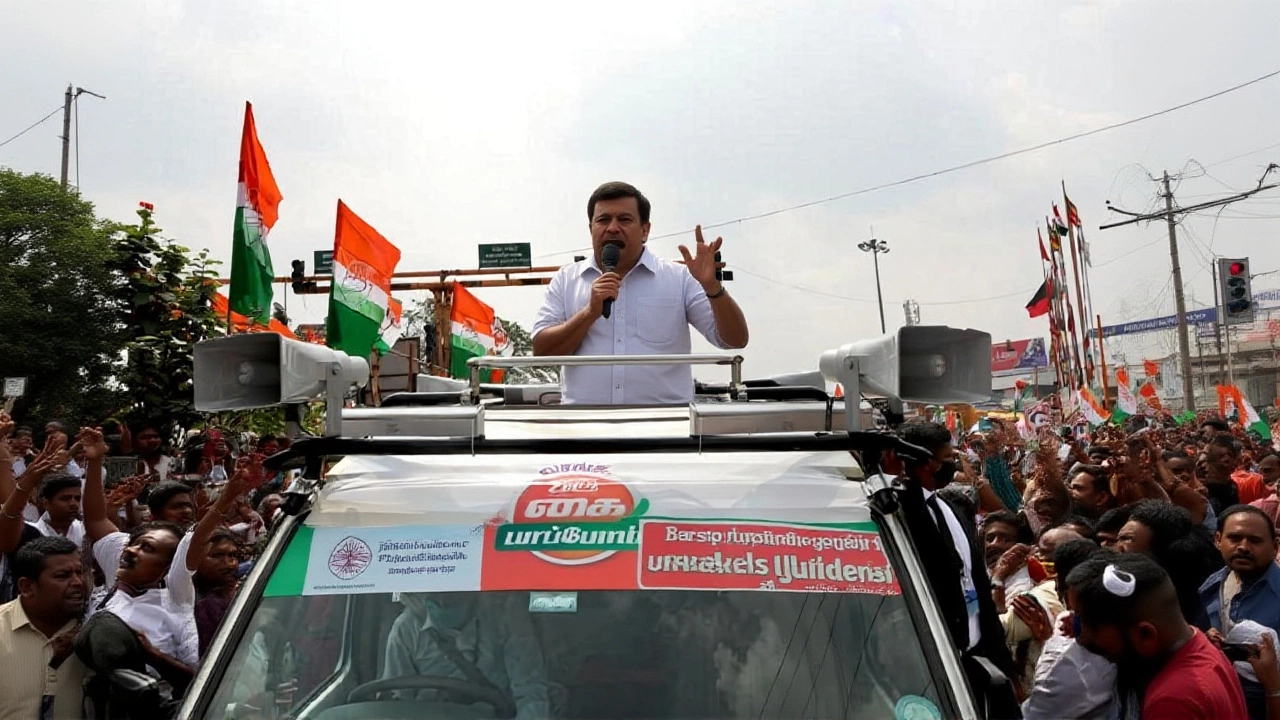
A Second Reshuffle in Two Weeks
This isn’t the first shuffle. On May 8, 2025, just 10 days after the initial swearing-in, Chief Minister M.K. Stalin reassigned key portfolios again. Durai Murugan, a senior DMK leader and former Speaker of the Assembly, was handed the Law Department, replacing S. Regupathy. Regupathy, who had overseen mines and minerals, was moved to a less prominent role. This rapid-fire reorganization—two major reshuffles in under two weeks—suggests either a strategic effort to position loyalists before elections, or a reactive move to manage internal tensions. Either way, it’s unusual for a government to make such sweeping changes so early in its term.Why This Matters Beyond Tamil Nadu
Tamil Nadu’s political landscape is a microcosm of India’s larger democratic evolution. The DMK’s move to elevate Udhayanidhi Stalin reflects a broader trend: political dynasties are adapting, not fading. With elections looming, the party is betting on name recognition, regional loyalty, and the emotional pull of legacy. The return of Senthil Balaji, despite his legal troubles, shows that in state politics, electoral calculus often outweighs ethical concerns. Meanwhile, the sheer size of the cabinet—now 35 ministers, including the Chief Minister—raises questions about fiscal efficiency. Critics call it bloated; supporters say it’s necessary to maintain coalition harmony. The timing is no accident. With national elections due in 2026, the DMK is positioning itself as a key regional player in the opposition alliance. A strong, unified Tamil Nadu government could be pivotal in the next general election. Udhayanidhi’s rise isn’t just about family—it’s about building a political brand that can outlast M.K. Stalin’s tenure.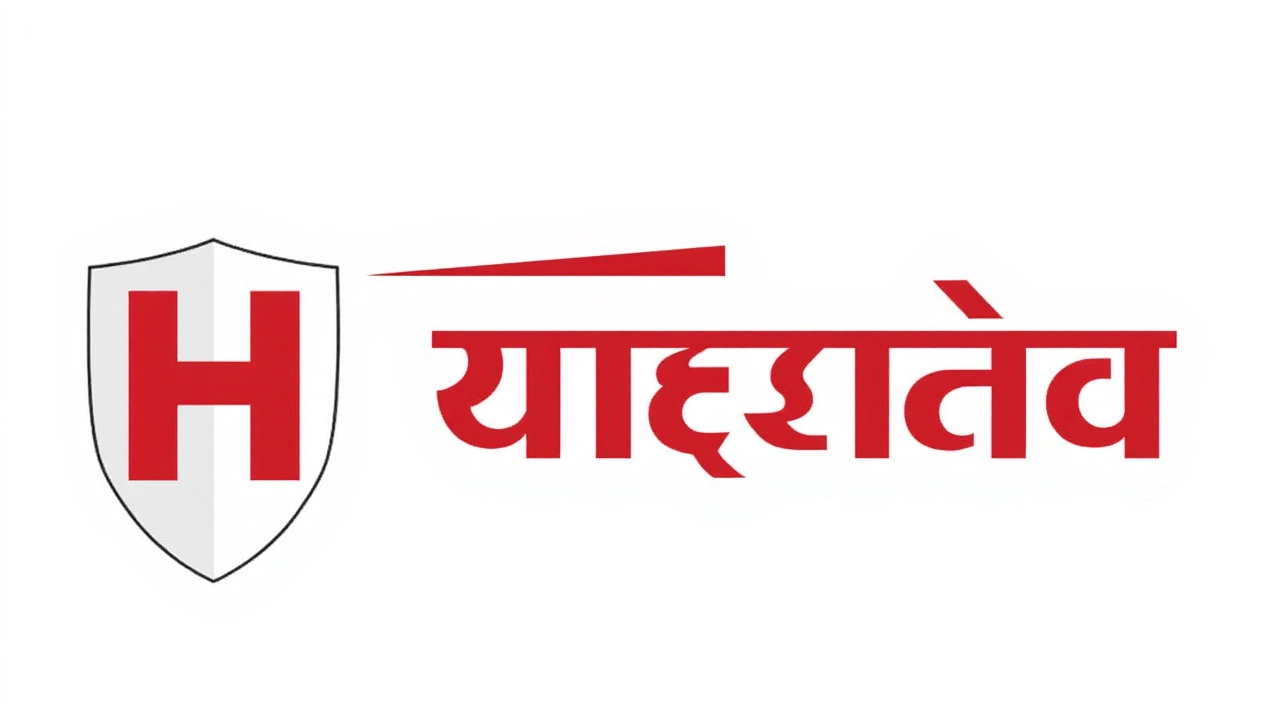
What’s Next?
The next major test will be the 2026 state assembly elections. Can the DMK retain its hold with a cabinet reshaped by dynastic logic and legal controversies? Will voters reward loyalty over accountability? And how will the opposition—led by the BJP and AIADMK—respond to this consolidation of power? One thing is clear: the political map of Tamil Nadu has shifted. The baton isn’t just being passed—it’s being formally engraved in stone.Frequently Asked Questions
Why was Udhayanidhi Stalin appointed Deputy Chief Minister?
Udhayanidhi Stalin’s appointment signals a formal succession plan within the DMK. As the son of Chief Minister M.K. Stalin, he’s been groomed for leadership for years. The role gives him oversight of inter-departmental coordination and allows him to act as CM in his father’s absence, positioning him as the party’s next-generation leader ahead of the 2026 elections.
How did V. Senthil Balaji return to the cabinet after being arrested?
Senthil Balaji was arrested by the ED in April 2024 over a power distribution scam but was granted bail by the Supreme Court on September 26, 2024. The DMK argues that bail means innocence until proven guilty, and his strong voter base in southern Tamil Nadu made his return politically advantageous despite public criticism.
Why did the DMK make two major cabinet changes in two weeks?
The dual reshuffles reflect both strategic positioning and internal realignment. The first reshuffle introduced new faces and reinstated loyalists; the second, on May 8, adjusted key portfolios like Law and Mines to better align with upcoming electoral priorities and manage potential scandals before the 2026 polls.
What’s the significance of the cabinet now having 35 ministers?
With 35 ministers, Tamil Nadu’s cabinet is among the largest in India. While critics argue it’s wasteful, the DMK uses it to balance regional, caste, and factional interests within the party alliance. It’s less about efficiency and more about maintaining unity ahead of elections.
How does this affect Tamil Nadu’s relationship with the central government?
The reshuffle strengthens the DMK’s position as a key opposition force, especially as it prepares to play a major role in the anti-BJP alliance. With Udhayanidhi Stalin rising and the party consolidating power, Tamil Nadu is positioning itself as a counterweight to New Delhi’s influence—especially on issues like federal funding and language policy.
What’s the timeline for the next election in Tamil Nadu?
The next Tamil Nadu Legislative Assembly election is expected in April–May 2026, five years after the DMK’s 2021 victory. This reshuffle is clearly timed to consolidate support before campaigning begins. The party is using the next 12 months to highlight governance achievements and cement Udhayanidhi Stalin’s public image as the next leader.



